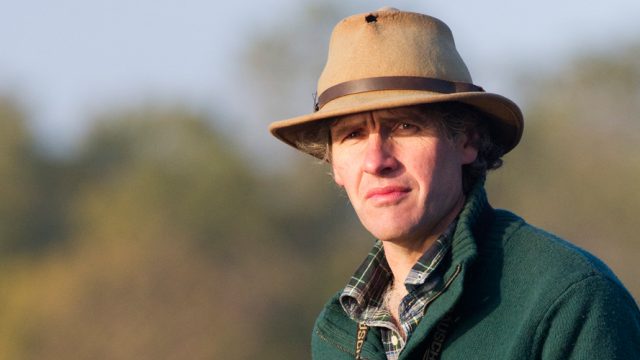T2OFTigers was born in 2004 out of a desire to change the way nature tourism was being developed in India. It was a bad time for tigers. India was on the cusp of losing all its tigers. Grim news on the airwaves and in the newspapers about the last 1400 of these famous felines being left in India’s once mighty forests. Ranthambhore Tiger Reserve in Rajasthan – the global ambassador for the tiger’s survival – was itself down to just 11 individuals.
As founder of a safari travel business, I had been privileged to see and participate in the renaissance of wildlife protection and rewilding of enormous chunks of denuded lands in other parts of the world, from Costa Rica to the Pantanal in Brazil, across huge swathes of old cattle ranches in Southern and East Africa, and amazing community owned conservancies in the 1980’s and 1990’s. All were driven by the power of the tourism dollar. India needed to remodel it’s nature tourism template to allow such a renaissance to flourish here too – and save the tigers at the same time.
However two things needed to happen. The nature tourism sector needed to change, and the Government needed to legislate for and understand how to turn a growing safari tourism sector into a viable conservation tool. If it did this I believed it could help power wildlife protection, effect rewilding, reduce poverty amongst its rural village communities, and become a better poaching deterrent. I had seen these miracles happen with my own eyes.
However, a prevailing hardline anti-tourism attitude from governing bodies like NTCA (and later in 2012 a Central Court ruling) ensured that Forest bureaucrats did not budge on a ‘one size fits all’ approach to the private sector nature tourism industry that was now mushrooming across India. All the while entrepreneurs got on with developing hotels and land speculation around fragile wildernesses without the proper land use planning, legislation or monitoring needed to ensure its viable or sustainable growth around its protected areas. The result; instead of partnership and cooperation with Forest departments, obstruction and restriction was the norm.
So if we could not budge the Government to change its stance on launching effective long term planning or a viable public private partnership for conservation, at least we could work on the nature tourism industry. I would drive change and sustainability through highlighting the ‘good guys’ – those who were working sensitively and ecologically to help their destination, from those who wanted to make a quick buck, bury black money, or cared little for their destination. Hence the PUG kitemark was born, as well as our TOFTigers Wildlife Tourism Award programme.
Nobody likes being certified. It’s like a tax inspection, probing into every facet of a business, how it operates, what it does, and who it affects. Yet today it is not only necessary, but in many other parts of the world mandated for by law. How ‘ecofriendly’ is a business? In many industries having such a kitemark is not just good for business, but important for trade, shows consumers that you care, increases profit margins and ensures sales referrals and customer retention. Increasingly consumers choose products that highlight Fairtrade coffee, Rainforest Alliance tea or Dolphin Friendly fishing, because they care. Here was TOFTigers attempt to make the ‘PUG Ecofriendly’ part of an accommodation providers ‘must have’ certification – to prove to their buyers and visitors that they care too.
Today TOFTigers are delighted to have awarded the PUG certification to over 75 Indian and Nepalese accommodation providers across 23 parks, sanctuaries and areas of outstanding natural beauty. Ten individual lodges have achieved our highest ranking – the Outstanding certification ranking – highlighting themselves as world class leaders in their provision of safari lodgings. They are all dedicated to the very best environmental practices in their operations, support for their staff, their local communities and the wildlife destinations on which they depend.
In 2015, PUG received International recognition as a certification programme, so now – on your next trip to the wild – ‘Follow the PUG’ and ensure your visit benefits the park, its wildlife and peoples.
For full details on all PUG certified lodges you can go to www.toftigers.org or download the ‘Good Wildlife Travel Guide to India and Nepal’ publication here on http://toftigers.org/goodwildlifetravelguide2017/




